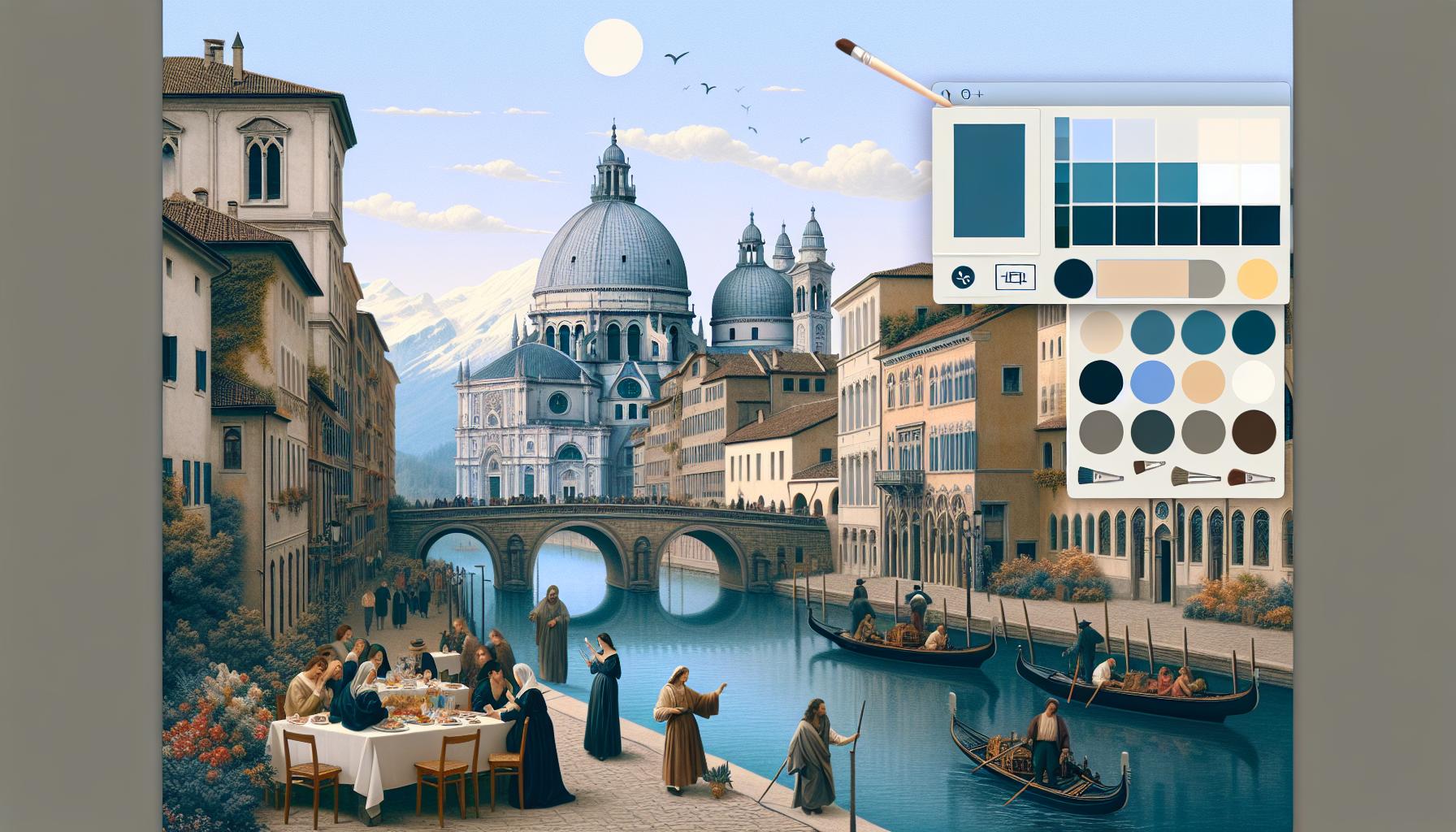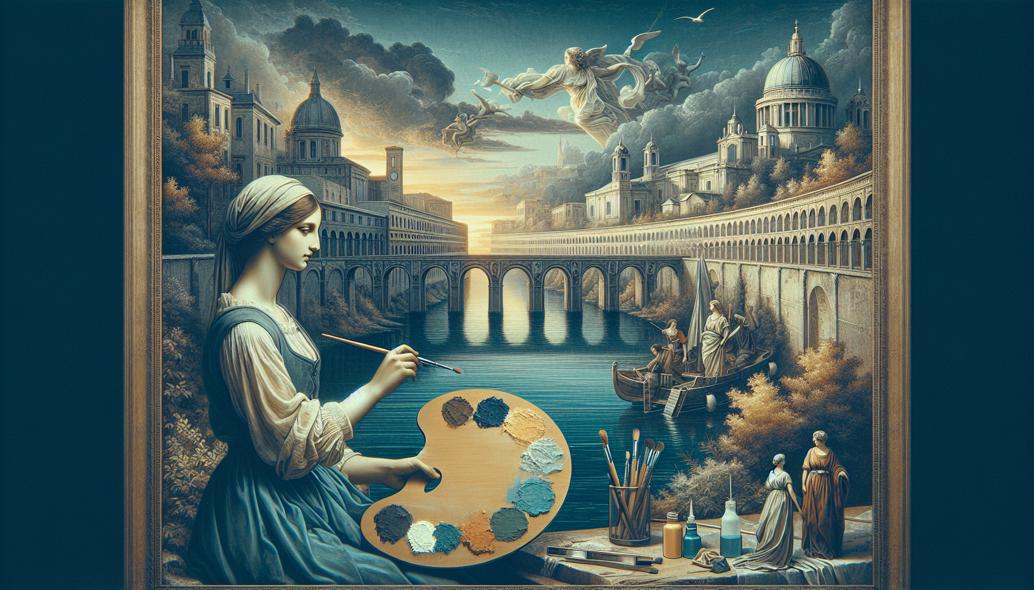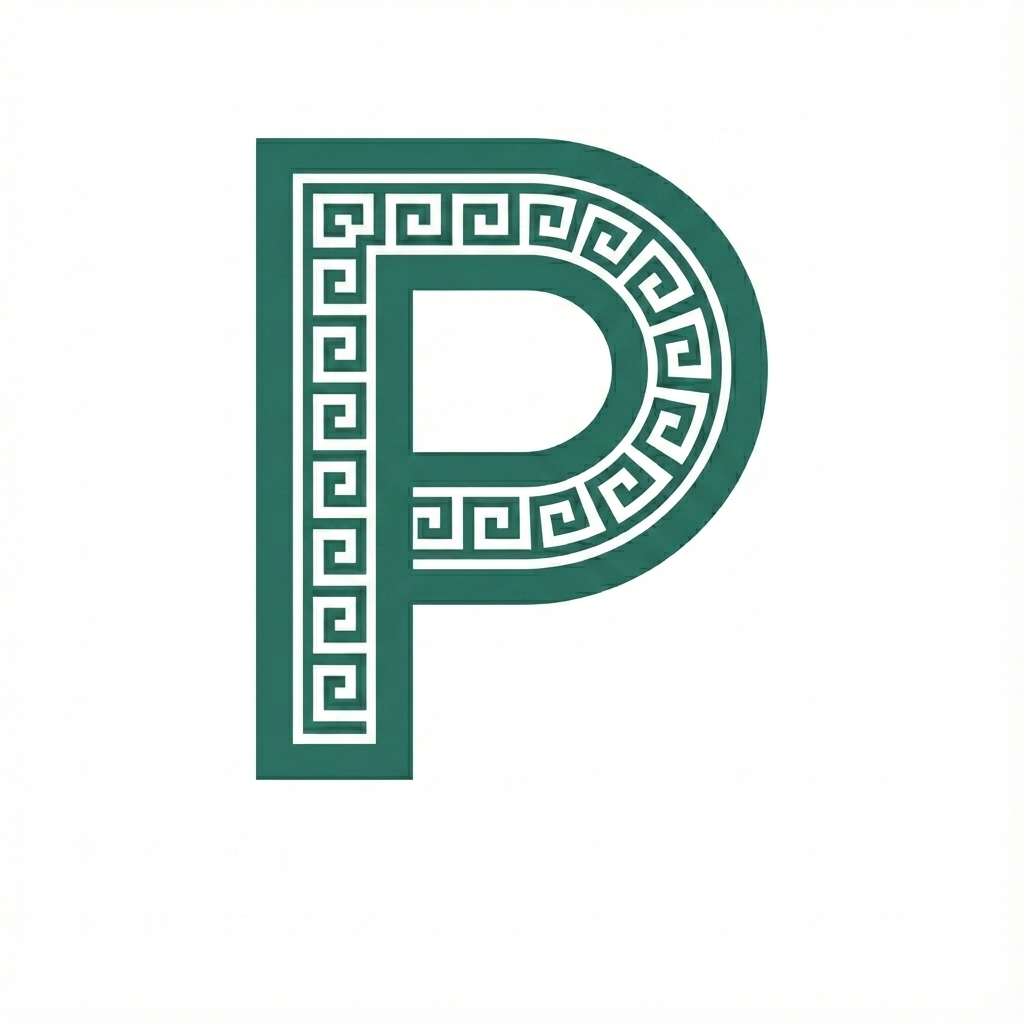The Role of Frames in Contemporary Art - Virtual Framing for Modern Artists
Discover how contemporary artists are revolutionizing their work with virtual framing, using tools like PictureFrameGenerator.com to enhance and challenge traditional art boundaries.

The Role of Frames in Contemporary Art: Virtual Framing for Modern Artists
In the evolving world of contemporary art, innovation goes hand in hand with creativity. One area experiencing significant change is the role of the frame, which traditionally serves to demarcate a boundary between art and the external world. Contemporary artists are redefining these boundaries utilizing virtual framing, transforming and enhancing their artistic expressions. This blog post delves into the essence and influence of virtual framing in contemporary art, examines modern framing trends, and highlights tools like PictureFrameGenerator.com that artists can utilize to reinvent their framing strategies.
The Purpose of Framing in Art
Framing has always been a crucial aspect of art presentation. Conventional frames serve several roles: they protect the artwork, provide structural support, and help focus attention on the piece by enclosing it within a defined space. Historically, frames have influenced a viewer's interpretation by either integrating into or contrasting with the artwork’s theme. In contemporary art, however, artists are pushing the boundaries, sometimes eliminating physical frames altogether for a seamless transition into virtual framing.
How Virtual Frames Alter Viewer Perception
Virtual framing in contemporary art presents new opportunities for artists to explore. Instead of relying on traditional physical frames, artists can now use digital tools to create frames that exist purely in the digital realm. This not only enhances the art piece itself but also serves as an extension or commentary of the work. By manipulating digital frames, artists can evoke varying emotions, challenge traditional presentation norms, or even alter a viewer’s perspective of the piece.
Virtual frames can complement an artwork by harmonizing with its colors and themes, creating a coherent experience. Conversely, they can be used to challenge viewers, provoking thoughts by contrasting with the artwork’s nature or utilizing dynamic elements like movement or interactive components. For instance, a piece examining climate change might benefit from a virtual frame that changes in response to real-time weather data—a technological marvel that reinforces the artwork's message.
Modern Framing Styles: Trends and Innovations
The contemporary art scene is witnessing an array of trends in framing styles. Minimalism is quite popular, where subtle frames allow the art to take the spotlight without distractions. On the contrary, maximalist frames are designed to be eye-catching, sometimes even overshadowing the art, to make a bold statement.
Another emerging trend is the use of organic materials, such as recycled wood or textiles, in frames. This approach not only enriches the art with a real-world touch but also echoes sustainability themes pertinent in contemporary discourse. Additionally, unconventional shapes—beyond the typical rectangular or square—are being embraced by artists who wish to challenge traditional artwork shapes and encourage diverse interpretations.

The Intersection of Art and Technology: PictureFrameGenerator.com
Tools such as PictureFrameGenerator.com have revolutionized the approach to virtual framing, offering artists the ability to experiment with frames in a digital environment before committing to a physical one. This tool enables artists to visualize their work in multiple settings and with various frames, allowing for a thorough exploration of how the frame influences the artwork’s narrative.
PictureFrameGenerator.com allows for intricate customization, so artists can adjust proportions, textures, and colors, or even simulate how particular frames would look under certain lighting or environmental conditions. For instance, an artist can upload their piece and test how a baroque-style frame might change the viewer's experience compared to an ultra-modern minimalistic frame. This tool is invaluable for contemporary artists who seek precision in the presentation of their work.
Practical Guide to Using Virtual Frames
- Understand Your Artwork’s Narrative: Consider the themes and messages your art conveys. Determine whether a complementary or contrasting frame would better serve your artistic vision.
- Explore Various Styles: Use tools like PictureFrameGenerator.com to experiment with different styles—minimalist, maximalist, or organic—to find a frame that enhances your work's message.
- Test Environment Simulation: Virtually place your artwork in environments it might be shown in, such as galactic or minimalist interiors, to observe how frames interact with various backdrops.
- Interactive Elements: If your work is digital, decide if your frame should include interactive elements such as animations or data-driven changes in real-time.
Virtual Reality and Augmented Reality as Frames
Beyond static digital frames, virtual reality (VR) and augmented reality (AR) offer immersive experiences, fundamentally altering the traditional framingscape. By using VR/AR, an artwork itself can become the central frame, with viewers stepping into a wholly encapsulating experience. Contemporary artists are utilizing these technologies to extend their narratives through spatial dynamics.
Imagine an installation where viewers, by donning VR headsets, are transported to an underground gallery where the frames interact with them via sound and motion, thus becoming an integral part of the artistic message. This boundary-pushing model challenges traditional perceptions of what constitutes a frame and highlights endless possibilities for creative expression.
Conclusion: Reimagining the Frame for the Modern Era
As we move further into the digital age, the traditional concept of a frame is becoming increasingly redundant. Virtual frames provide contemporary artists with the flexibility to not only polish their artworks but also to expand their narrative potential. Whether by complementing, contrasting, or redefining art, these digital boundaries offer transformative opportunities for artistic practice.
For contemporary artists seeking to redefine the boundaries and presentations of their work, embracing modern and virtual framing techniques is not just an option but a necessary evolution. With the right blend of creativity and technology, artists can craft vibrant, thought-provoking pieces that resonate deeply with their audience, pushing forward the ever-evolving tapestry of contemporary art.
Try the Picture Frame Generator
Upload your artwork, preview different frames, and download a realistic framed image in minutes.
Try the Picture Frame Generator